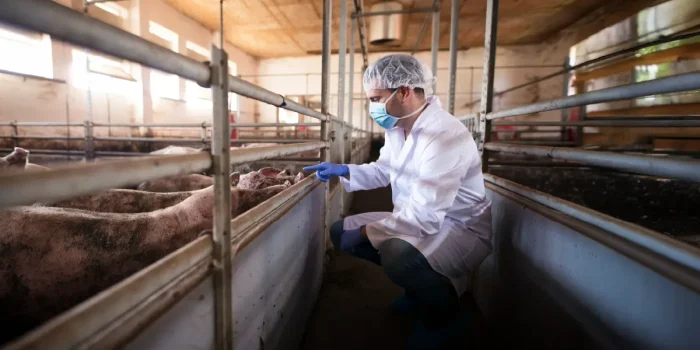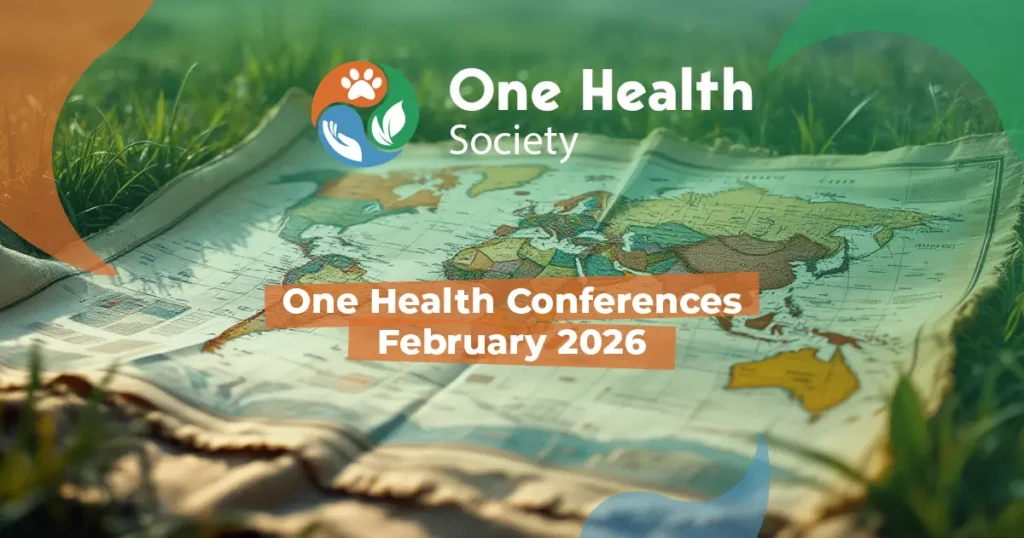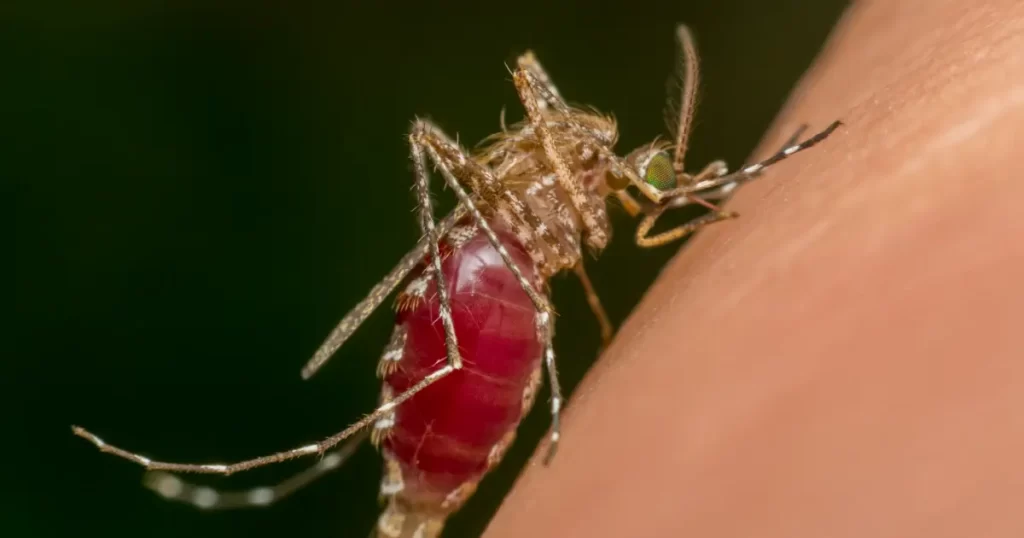Introduction
Meat and food inspection are fundamental to modern food safety and public health systems. From the farm to the processing plant to the consumer’s plate, each stage of meat production introduces potential risks—particularly for zoonotic disease transmission, contamination, and antibiotic residues. Food inspections not only ensure safety for human consumption but also reflect broader practices related to animal health, environmental hygiene, and regulatory compliance.
In today’s complex global food system, how do inspections serve the One Health mission by linking animal welfare, ecosystem stability, and human health?
Preventing Zoonotic Diseases at the Source
Zoonotic pathogens like Salmonella, Listeria monocytogenes, Brucella spp., and E. coli O157:H7 are well-documented risks in the meat supply chain. Contaminated meat can lead to foodborne illness outbreaks with serious health and economic consequences. Poor sanitation in slaughterhouses, substandard hygiene during handling, or asymptomatic infection in livestock can all contribute to disease transmission.
Inspection processes help identify these threats early. Ante-mortem (pre-slaughter) assessments examine animals for signs of illness or stress. Post-mortem inspections examine internal organs and tissues for lesions, abscesses, or abnormalities that may indicate infection or contamination. This dual approach ensures that visibly sick or contaminated carcasses are removed from the supply chain, protecting public health [1].
In addition to visible conditions, testing also screens for residues of veterinary drugs, pesticides, or heavy metals—substances that can accumulate in meat through feed, water, or treatment regimens [2]. Residue violations not only pose health risks but may also breach international export standards.
Improving Animal Welfare and Reducing AMR
Healthy animals produce safer meat. Overcrowded feedlots, inadequate ventilation, and chronic stress weaken immune systems and increase the risk of infection. Poor welfare can drive overuse of antibiotics and other treatments, raising the risk of antimicrobial resistance (AMR)—a major global health concern.
By enforcing animal welfare guidelines, inspectors reduce this pressure. Proper transport, humane handling, and stress-reduction protocols are not only ethically sound but scientifically supported measures to enhance food safety [3]. Fewer stressed or sick animals mean reduced reliance on antimicrobials, and this strengthens efforts to mitigate AMR within the One Health paradigm.
Enhancing Supply Chain Transparency
Modern food inspection also covers hygiene practices throughout the post-slaughter supply chain: from meat cutting and packaging to cold storage, transport, and retail. Facilities must implement Hazard Analysis and Critical Control Points (HACCP) systems that identify risk areas and define monitoring and corrective actions [4]. Inspectors regularly verify sanitation of surfaces, temperature control, pest management, and traceability systems.
When contamination does occur—such as in a Listeria outbreak—traceability systems and inspection records enable targeted recalls, limiting public exposure and maintaining confidence in food systems. Moreover, the increasing use of blockchain technology and AI-driven sensors is helping to detect anomalies faster and provide data for regulators, retailers, and researchers.
Meat and Food Inspection as a One Health Strategy
Meat and food inspection exemplify the One Health approach: integrating data across human, animal, and environmental sectors. For example, detecting tuberculosis lesions in cattle may not only prevent human exposure but also signal issues in veterinary oversight or wildlife transmission. When paired with health surveillance, inspection findings can shape vaccination programs, biosecurity protocols, and research agendas [5].
Inspection agencies contribute data to zoonotic disease monitoring, informing both national food safety agencies and global organizations like the WHO and FAO. This coordination improves preparedness and policymaking for transboundary threats, from emerging diseases to trade disruptions.
Conclusion
Meat and food inspection play an irreplaceable role in protecting public health, ensuring animal welfare, and supporting sustainable food systems. They are more than regulatory hurdles—they are a frontline defense against disease, a monitor of ethical standards, and a source of intelligence for managing complex food networks.
In an age of rising global demand for animal protein and increasing zoonotic risks, the role of inspection is only becoming more essential. Anchored in the One Health model, meat inspection is not only about food-it’s about securing health across ecosystems, species, and generations.
References
- Comin, A., et al. (2023). Can we use meat inspection data for animal health and welfare surveillance? Frontiers in Veterinary Science, 10, 1129891.
- EFSA. (2011). Scientific Opinion on the public health hazards to be covered by inspection of meat (swine). EFSA Journal, 9(10), 2351.
- García-Díez, J., Saraiva, S., Moura, D., Grispoldi, L., Cenci-Goga, B. T., & Saraiva, C. (2023). The Importance of the Slaughterhouse in Surveilling Animal and Public Health: A Systematic Review. Veterinary Sciences, 10(2), 167. https://doi.org/10.3390/vetsci10020167
- Motarjemi, Y., & Mortimore, S. (2005). Industry’s need and expectations to meet food safety. Food Control, 16(6), 523–529.
- FAO. (2023). Meat inspection and One Health. In: FAO One Health Publications. Retrieved from https://www.fao.org













